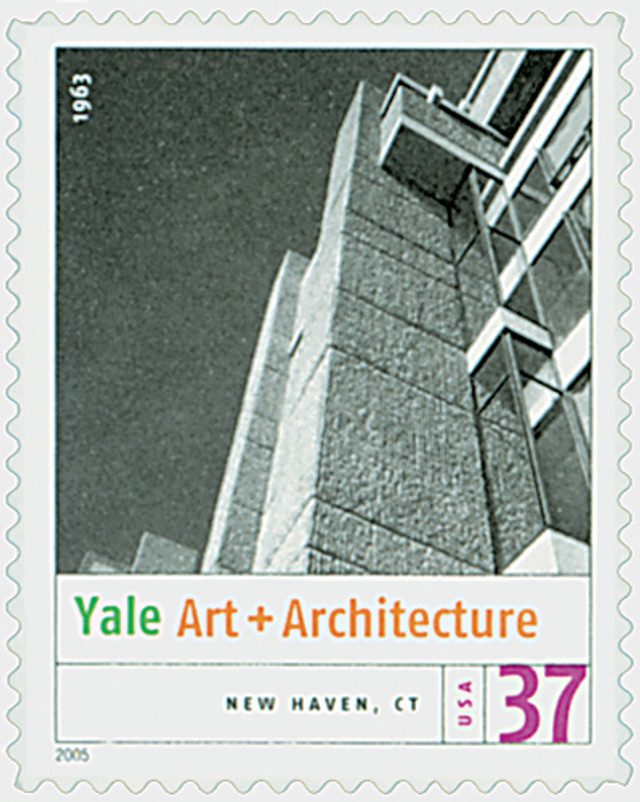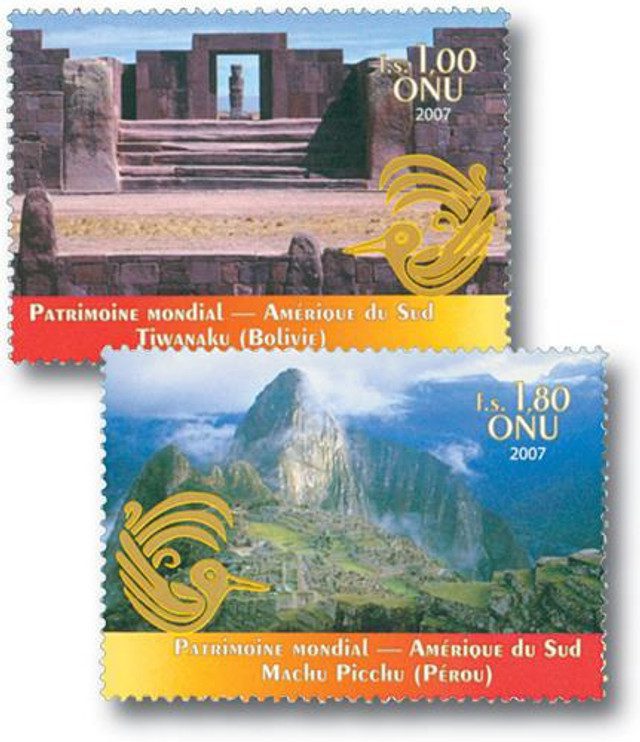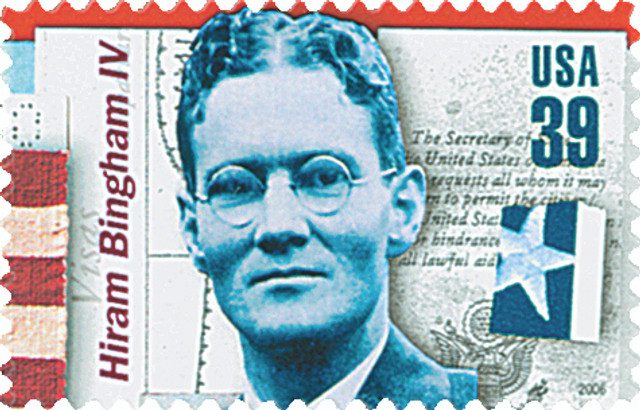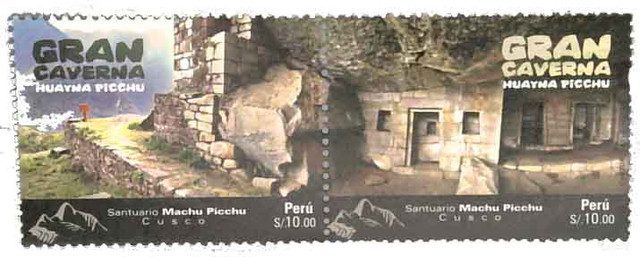
On July 24, 1911, Hiram Bingham became one of the first Americans to explore the Inca ruins at Machu Picchu. Relatively unknown to the outside world at the time, his expedition brought it international attention, changing our understanding of ancient civilizations in South America.
Hiram Bingham was not originally searching for Machu Picchu. He was actually on an expedition to find the last stronghold of the Incas, a city called Vilcabamba, which had resisted Spanish control for years. Bingham was a professor at Yale University, interested in South American history. In 1911, he organized the Yale Peruvian Expedition with support from the university and the National Geographic Society. His goal was to explore the Urubamba Valley and learn more about Inca history.
Bingham and his team traveled through rugged terrain, crossing rivers and climbing mountains. The journey was difficult and dangerous, especially since there were no roads or maps to guide them. On July 23, they reached a small farm on a mountain ridge where a local farmer told them about old ruins nearby. The next day, July 24, Bingham followed a young Quechua boy named Pablito up a steep path. At the top, Bingham saw what he later described as “an unexpected sight,” stone buildings covered in vines and trees, but still standing after hundreds of years.
Bingham was amazed. What he found was a large, well-planned city with over 150 buildings, including temples, houses, and agricultural terraces. The stonework was incredibly precise, with large stones perfectly cut and fitted together without mortar. There were fountains and channels that showed the Incas had a deep understanding of engineering. Even though the jungle had taken over parts of the city, it was clear that this was once a place of great importance.
Machu Picchu had likely been built in the mid-1400s, during the reign of the Inca emperor Pachacuti. Historians believe it may have served as a royal estate, a religious center, or both. Surprisingly, the Spanish never found Machu Picchu during their conquest of the Inca Empire, which may explain why the city remained so well preserved. By the time Bingham arrived, it had been abandoned for centuries, although some local families were living nearby and farming on the terraces.
After his discovery, Bingham began excavating the site with help from Yale and the Peruvian government. They uncovered artifacts like pottery, tools, jewelry, and even human remains. His work sparked international interest and made Machu Picchu one of the most famous archaeological sites in the world.
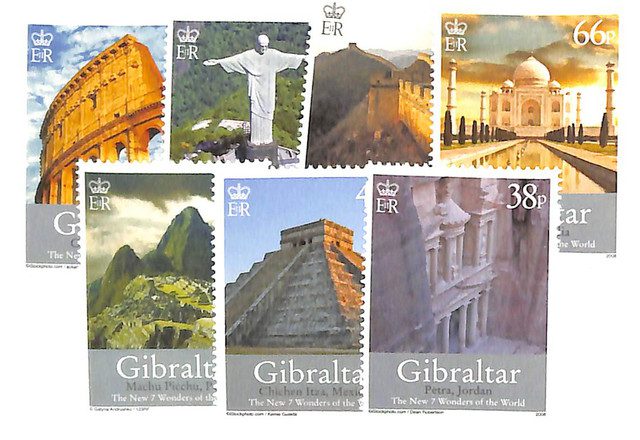
There has been some controversy over the artifacts Bingham removed from Machu Picchu. He took thousands of items back to Yale for study, but many Peruvians felt these objects should stay in their country. For decades, there were debates and negotiations between Yale and the Peruvian government. Finally, in 2011—one hundred years after Bingham’s discovery—many of the artifacts were returned to Peru, where they are now preserved and displayed in museums.
Since its discovery, Machu Picchu has become one of the most visited tourist destinations in the world. In 1983, it was named a UNESCO World Heritage Site, and in 2007 it was voted one of the New Seven Wonders of the World. Each year, hundreds of thousands of people from around the globe come to see its dramatic landscape and explore its ancient pathways. Visitors hike the Inca Trail or take trains through the mountains to reach the site. The Peruvian government has made efforts to protect Machu Picchu from damage caused by tourism, limiting the number of daily visitors and requiring guides for entry.
While Hiram Bingham is often credited with “discovering” Machu Picchu, the site was never truly lost. Indigenous people had always known about it and lived nearby. Bingham’s role was in bringing it to the attention of the outside world and helping it gain the recognition it deserves. His expedition marked the beginning of a new era of research and understanding about the Inca civilization.
| FREE printable This Day in History album pages Download a PDF of today’s article. Get a binder or other supplies to create your This Day in History album. |
Discover what else happened on This Day in History.

